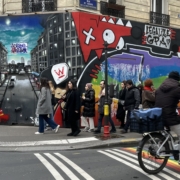Decoding the Urban Visual Landscape
Cities worldwide vary in numerous, important, and significant ways. For example, some urban environments like Delhi, India have large populations, while others don’t. Some cities, such as Los Angeles have large surface areas while others are more contained in size. One aspect of urban locations that is rarely acknowledged, however, is the notion of the urban visual landscape– how cities appear aesthetically to residents who live and work there, tourists who visit, and people who commute into the city for work, school or entertainment/relaxation.
These perceptions can be shaped by numerous factors like the amount of time people spend in these locations, where exactly they walk, drive, shop, reside or work, etc., the manner by which they interact with the city, the numerous experiences they have in these places, and their ability to process the visual information they are constantly bombarded with.
For instance, if someone works in Manhattan and only commutes into New York City via train (and not the subway),from New Jersey or Connecticut, their perceptions of the big Apple is more than likely different from someone who takes the subway from the outer boroughs. Similarly, if an individual confines their travels to the main thoroughfares, their perception of the urban visual landscape will gradually be shaped accordingly. However, by adopting a more exploratory approach, venturing through parks, back alleys, and other diverse environments, they are bound to develop a distinctly different and comprehensive view.
Visual landscapes take into consideration the relationships among the built environment (e.g., residences, office towers, commercial centers, etc.), the physical geography (e.g., hills, valleys, mountains, rivers, etc.), and the protected urban public spaces (e.g., parks, green spaces, etc.) including their shapes, heights, colors, and proximity to each other.
Some urban locations, like downtown Chicago, are denser, the product of urban planning, zoning, land and building costs, and serendipity. They have more buildings and structures per square foot, and thus may feel claustrophobic to observers. Other places like Phoenix, appear to be more spread out.
Density and its appearance to others, is rarely consistent throughout a city but be neighborhood specific. In Washington, DC, for instance, a variety of different urban landscapes exist among the Northeast, Northwest, Southeast and Southwest parts of the city.
Some neighborhoods, or parts of a city (e.g., Upper East Side, NYC, downtown Atlanta, etc.), because of the type of structures that have been built there, and the distinctive patterning that it has taken, appear very antiseptic or clinical. For example, urban locations like Tokyo or even downtown Atlanta that are dominated by massive concrete structures that are the epitome of brutalism and appear to be very antiseptic or clinical. Some cities like Athens or parts of NYC, Los Angeles, have a considerable amount of graffiti and street art, and other types of signs, and would appear naked if this kind of public art was not located there.
From soaring skyscrapers to relaxing parks, each element contributes uniquely to a city’s overall aesthetic impression. The colors, shapes, and spatial arrangements of these elements influence the urban visual landscape, fostering a continuum of perceptions from welcoming to hostile. To some extent the urban visual landscape may even effect street culture.
Regardless, three types of urban visual landscapes that may serve as a starting point to understand the urban visual landscape: homogenous/uniform, disorganized, and mixed. In the first instance, almost all the neighborhoods, and buildings look the same. In the second, the neighborhoods appear very disorganized with the build structures of different styles and almost haphazard in the choices, and the third includes elements of both types. Each type has its unique impact on the inhabitants’ sense of ease and belonging, shaping community dynamics and fostering distinct urban experiences. This typology serves as a foundation for further research and discussion on urban planning and design strategies.
By understanding the diversity of the urban visual landscape, urban planners, architects, and policymakers can harness the power of aesthetics to create cities that resonate with their inhabitants, foster a sense of identity, and promote positive interactions among people who live, work, study or visit these locations.
Photo Credit
Photographer: Marc Veraart
Title: Tokyo

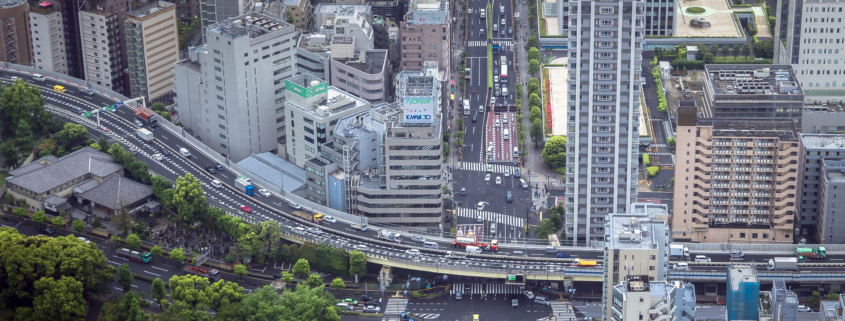

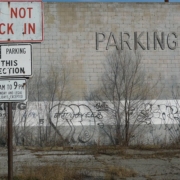
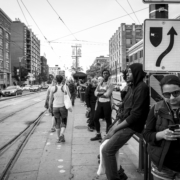
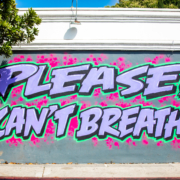
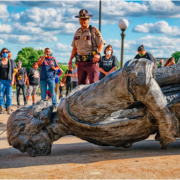 @ Tony Webster
@ Tony Webster
